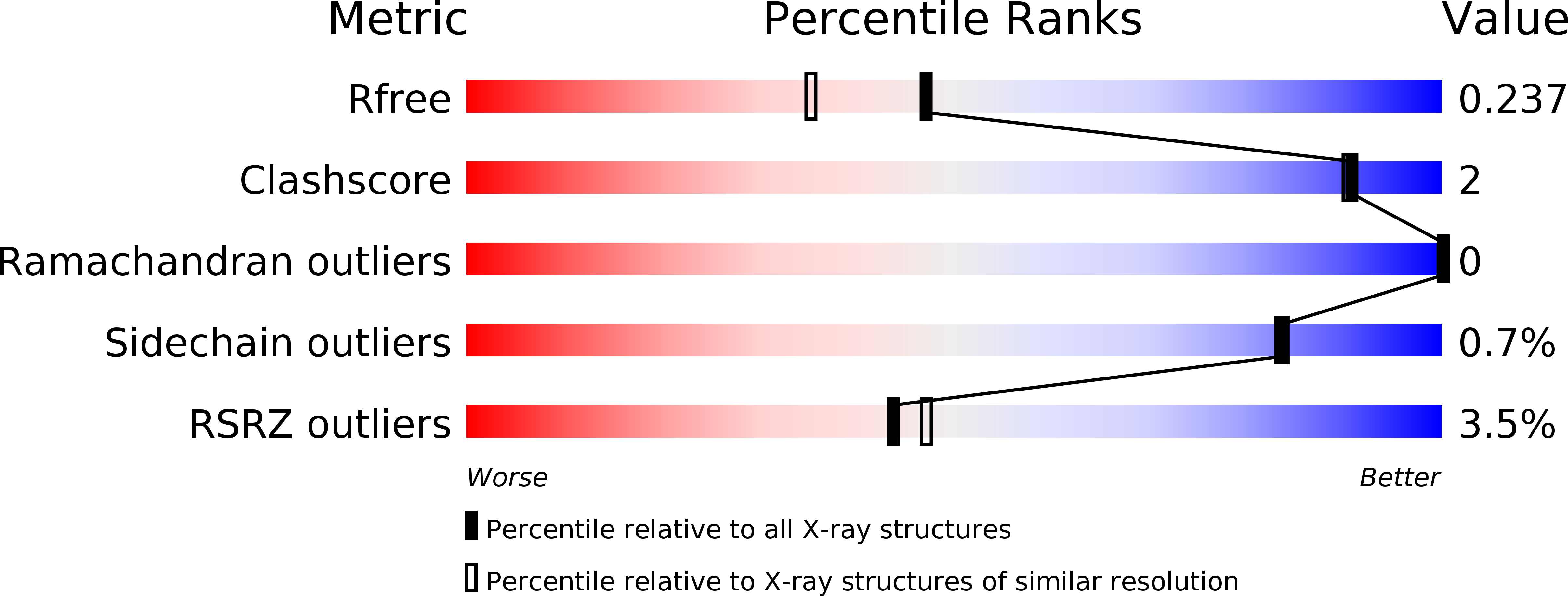
Deposition Date
2015-04-24
Release Date
2015-08-19
Last Version Date
2024-11-06
Entry Detail
PDB ID:
4ZH0
Keywords:
Title:
Structure of Helicobacter pylori adhesin BabA determined by SeMet SAD
Biological Source:
Source Organism:
Helicobacter pylori (Taxon ID: 210)
Host Organism:
Method Details:
Experimental Method:
Resolution:
1.91 Å
R-Value Free:
0.23
R-Value Work:
0.18
R-Value Observed:
0.19
Space Group:
P 21 21 21


